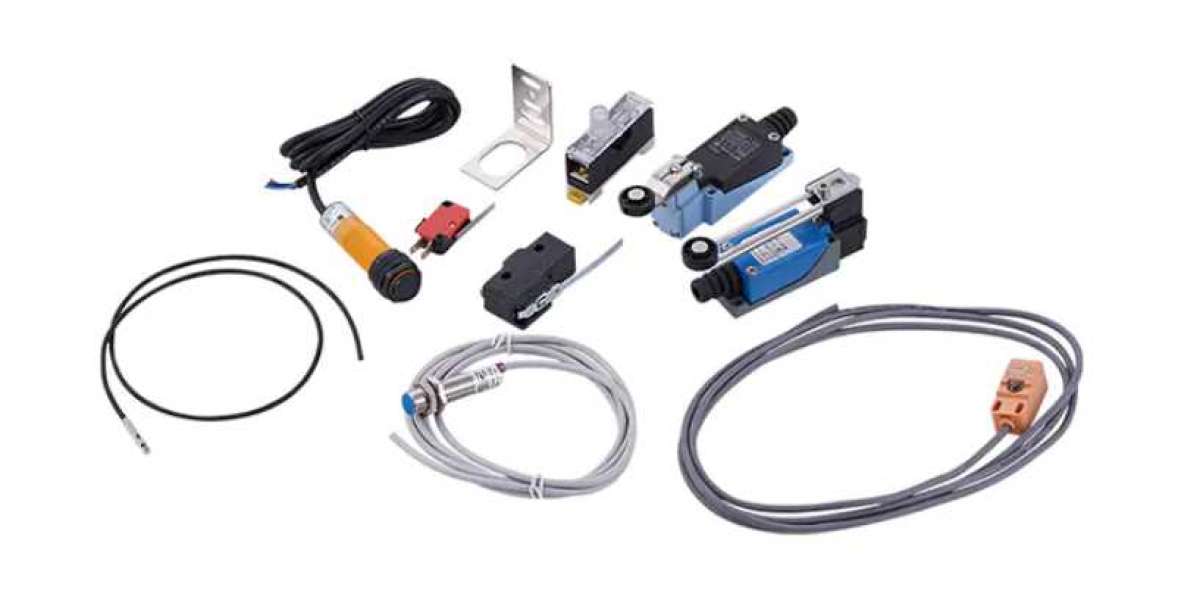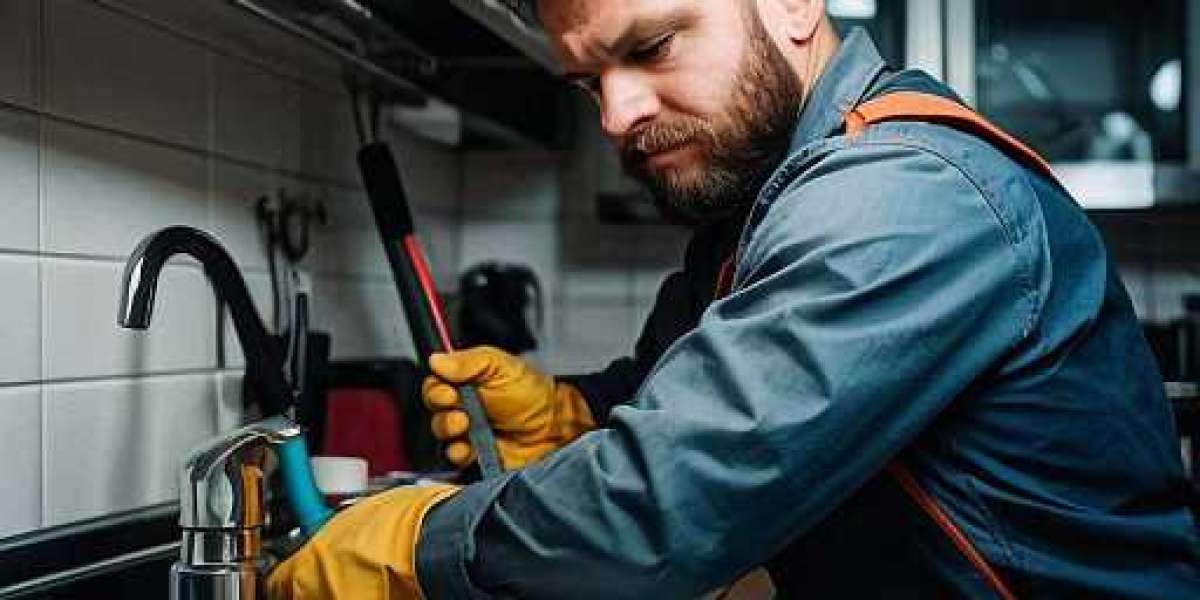Manipulator parts are essential components that contribute to the functionality and efficiency of robotic manipulators used in various industrial applications. These parts work together to enable precise movement and handling of materials, making them vital in sectors such as manufacturing, assembly, and packaging. Understanding the key elements of manipulator parts is important for optimizing their performance.
The primary components of a manipulator include the arm, joints, end effectors, and control systems. The arm serves as the main structure, providing reach and support for various tasks. Joints, which can be rotational or linear, allow for flexibility and movement, enabling the manipulator to navigate around obstacles and perform intricate operations. End effectors, such as grippers, clamps, or suction devices, are the tools that directly interact with objects, making them crucial for effective handling.
Control systems play a significant role in ensuring the smooth operation of manipulators. These systems may include programmable logic controllers (PLCs) or computer interfaces, allowing users to program movements and monitor performance. Advanced manipulators often incorporate sensors that provide real-time feedback on position, force, and other critical parameters, enhancing accuracy and control.
Regular maintenance of manipulator parts is essential for ensuring reliability and longevity. Routine inspections, cleaning, and timely replacement of worn components can prevent breakdowns and maintain optimal performance. As automation continues to expand across industries, the demand for high-quality manipulator parts remains significant, contributing to increased efficiency and productivity in manufacturing processes.








